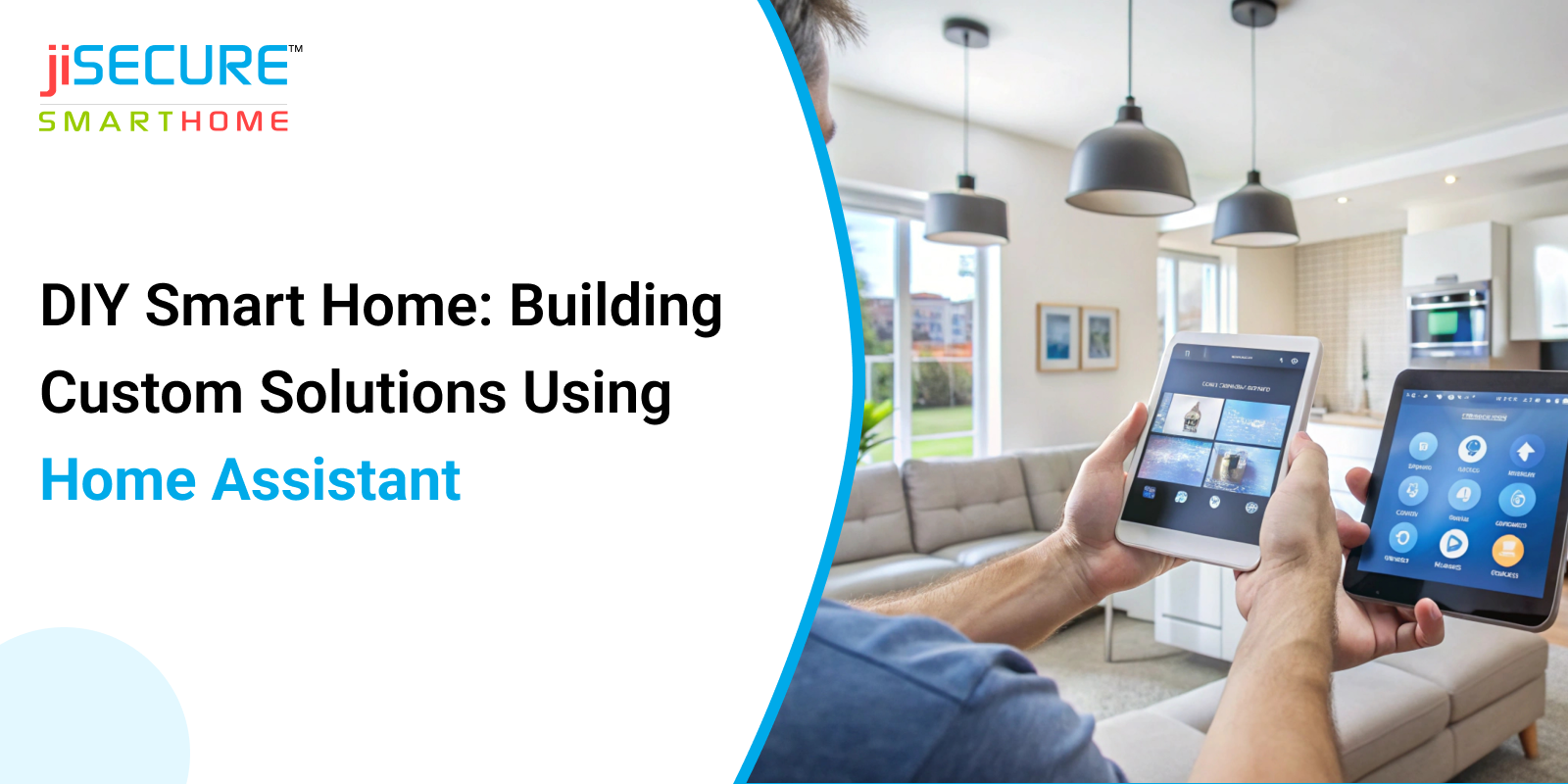Building a DIY smart home allows you to customize automation to fit your exact needs. With Home Assistant, an open-source platform, you can integrate multiple devices and create powerful automation routines without relying on proprietary smart home ecosystems.
What is Home Assistant?
Home Assistant is a self-hosted smart home platform that enables you to:
- Connect different smart devices.
- Automate tasks and routines.
- Enhance privacy by keeping data local.
- Customize automation using scripts and add-ons.
Why Choose Home Assistant for Your DIY Smart Home?
- Supports hundreds of smart devices from different brands.
- No need for cloud dependency—ensures privacy and security.
- Highly customizable automation options.
- Works offline with local processing.
Steps to Building a DIY Smart Home with Home Assistant
1. Install Home Assistant
- Download Home Assistant and install it on a Raspberry Pi, Docker, or a dedicated server.
2. Add Smart Devices
- Connect smart bulbs, security cameras, thermostats, and sensors.
- Use Zigbee, Z-Wave, or Wi-Fi for communication.
3. Set Up Automation Rules
- Example: Automatically turn off lights when no motion is detected.
- Example: Adjust thermostat settings based on weather conditions.
4. Voice Assistant Integration
- Home Assistant works
5. Monitor and Control via Mobile App
- Use the Home Assistant mobile app for remote access.
Popular Home Assistant Add-ons
- Node-RED: Advanced automation builder.
- HACS (Home Assistant Community Store): Access custom integrations.
- Grafana & InfluxDB: For smart home data analytics.
Conclusion
With jiSECURE SMART HOME, you can build a powerful, customized smart home that enhances convenience, security, and efficiency—all without relying on big tech companies. If you love DIY projects and want full control over your smart home, this is the perfect solution!
















Share this post on: